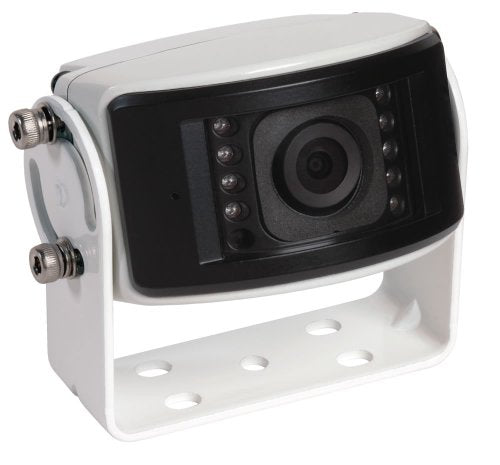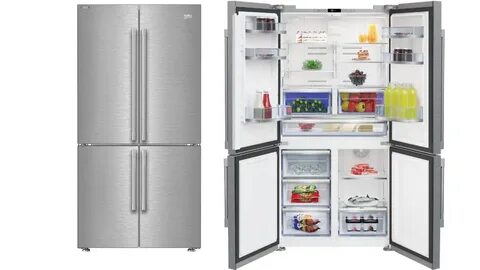Maneuvering a large RV through tight spots can be nerve-wracking—blind zones are everywhere. A quality backup camera not only boosts RV safety but also preserves your investment and provides peace of mind.
What to Prioritize When Choosing an RV Backup Camera
-
Wired vs. Wireless
-
Wired systems are highly reliable and ideal for large motorhomes. They're less prone to interference but require installation effort.
-
Wireless systems are easier DIY installs and perfect for trailers or travel RVs—but may occasionally experience signal issues.
-
-
Monitor Options
-
Standalone displays, mirror-mounted screens, or in-dash integration help you view the camera feed—choose based on your rig's setup.
-
-
Viewing Angle
-
Go for a 120°–180° field of view for optimal coverage without too much distortion.
-
-
Night Vision & Low-Light Performance
-
Robust IR illumination, starlight vision, or full-color dim-light sensors are key for nighttime parking and campground use.
-
-
Durability (IP Rating)
-
Look for IP67/IP68/IP69K ratings to withstand weather, dust, and road vibrations.
-
-
Single vs. Multi-Camera
-
Multi-camera setups (rear + sides) offer comprehensive visibility—ideal for long RVs, towing, or tight incursions.
-
-
Resolution & Image Quality
-
1080p HD is strongly recommended for clarity; lower resolutions may miss small obstacles.
-
-
Installation Ease
-
Wireless plug-and-play options are more user-friendly, while wired setups offer robust performance—especially where pre-wiring exists.
-
-
Nice-to-Have Features
-
Gridlines, DVR recording, split-screen viewing, and audio alerts enhance usability and safety
-



Leave a comment
This site is protected by hCaptcha and the hCaptcha Privacy Policy and Terms of Service apply.